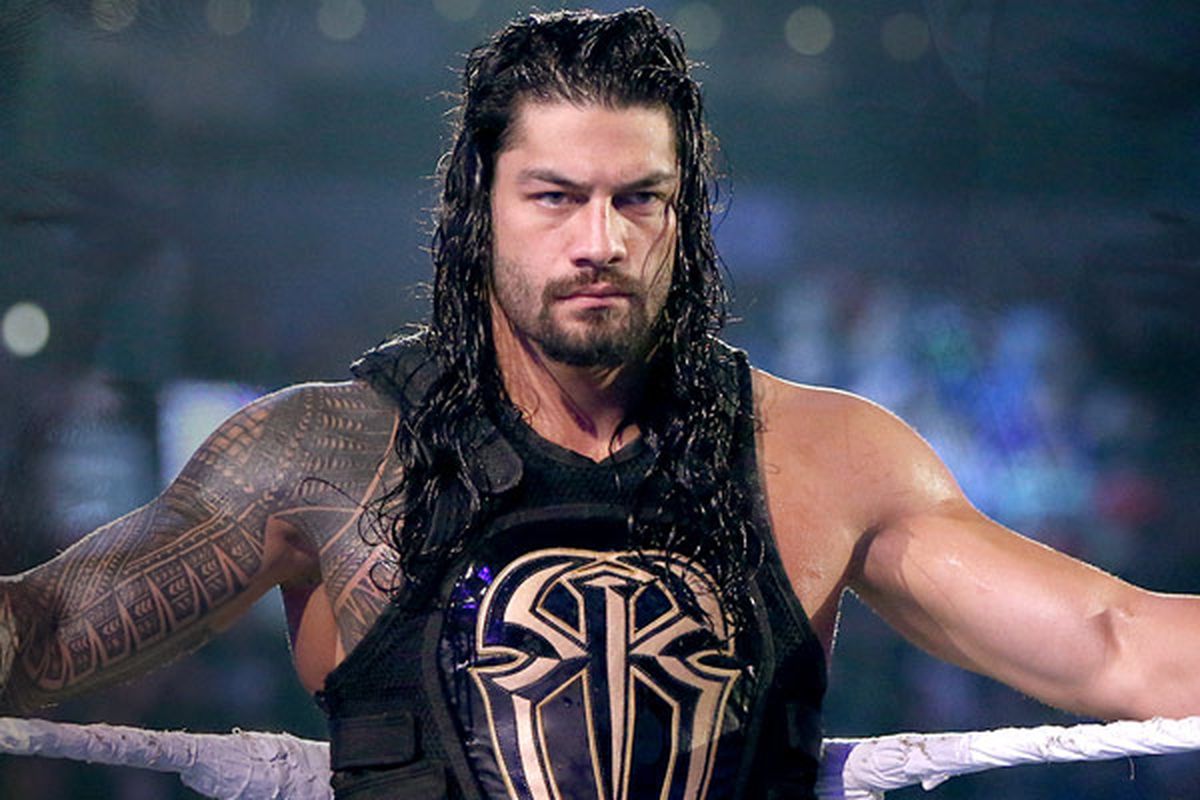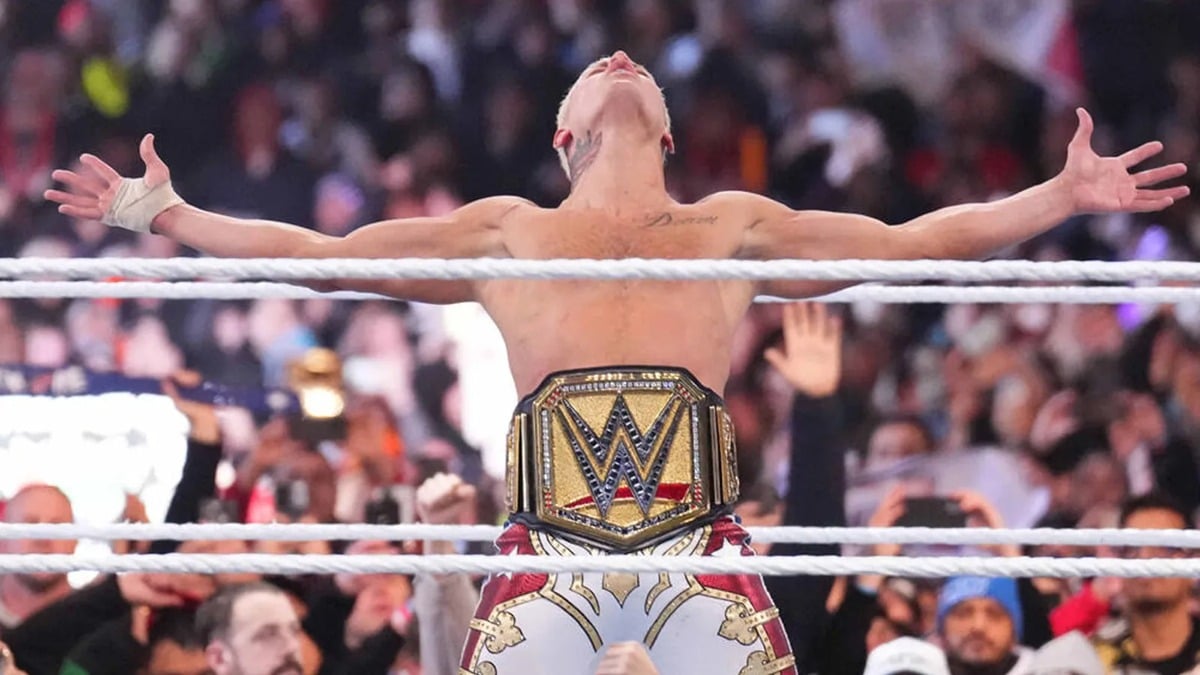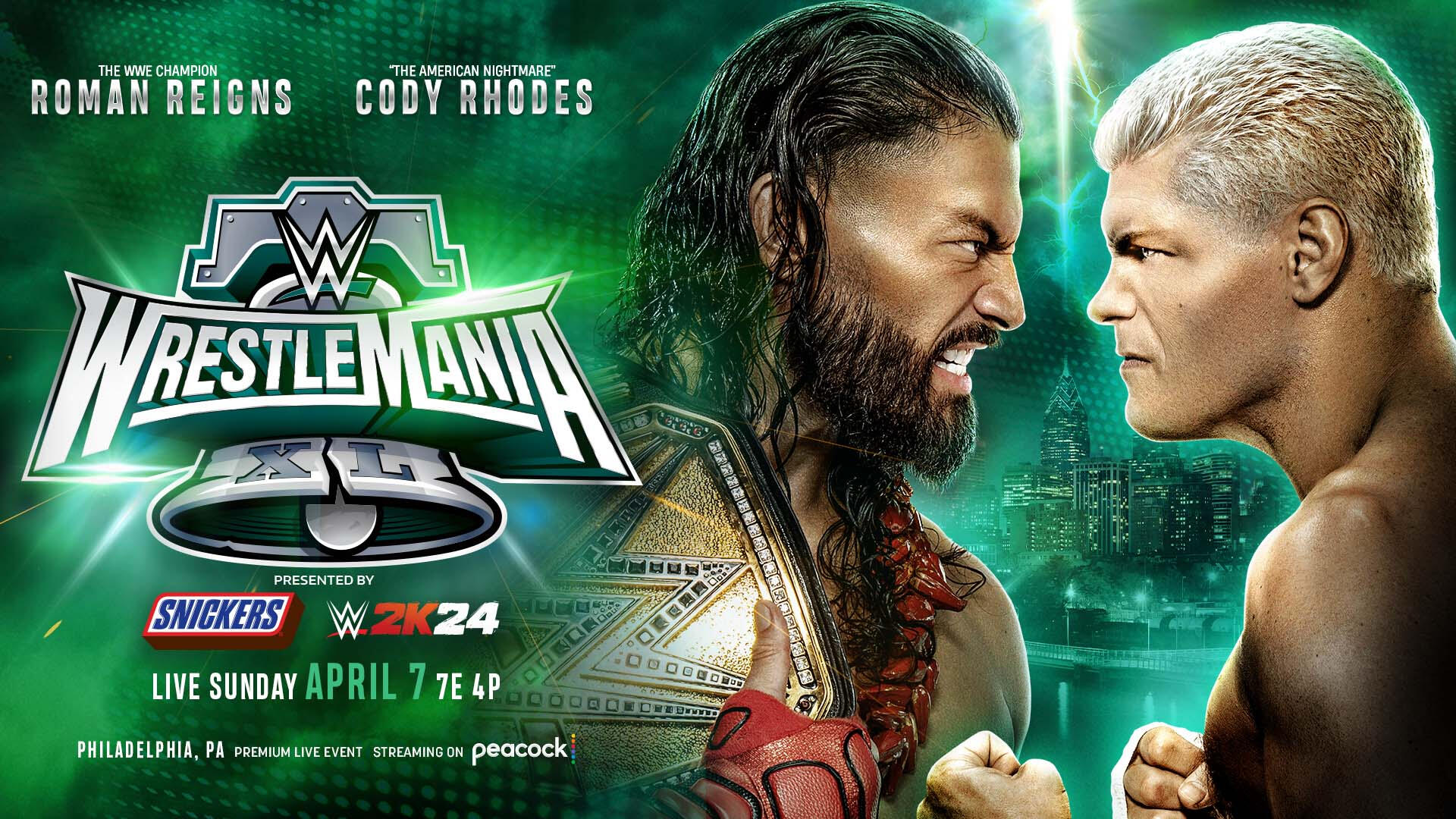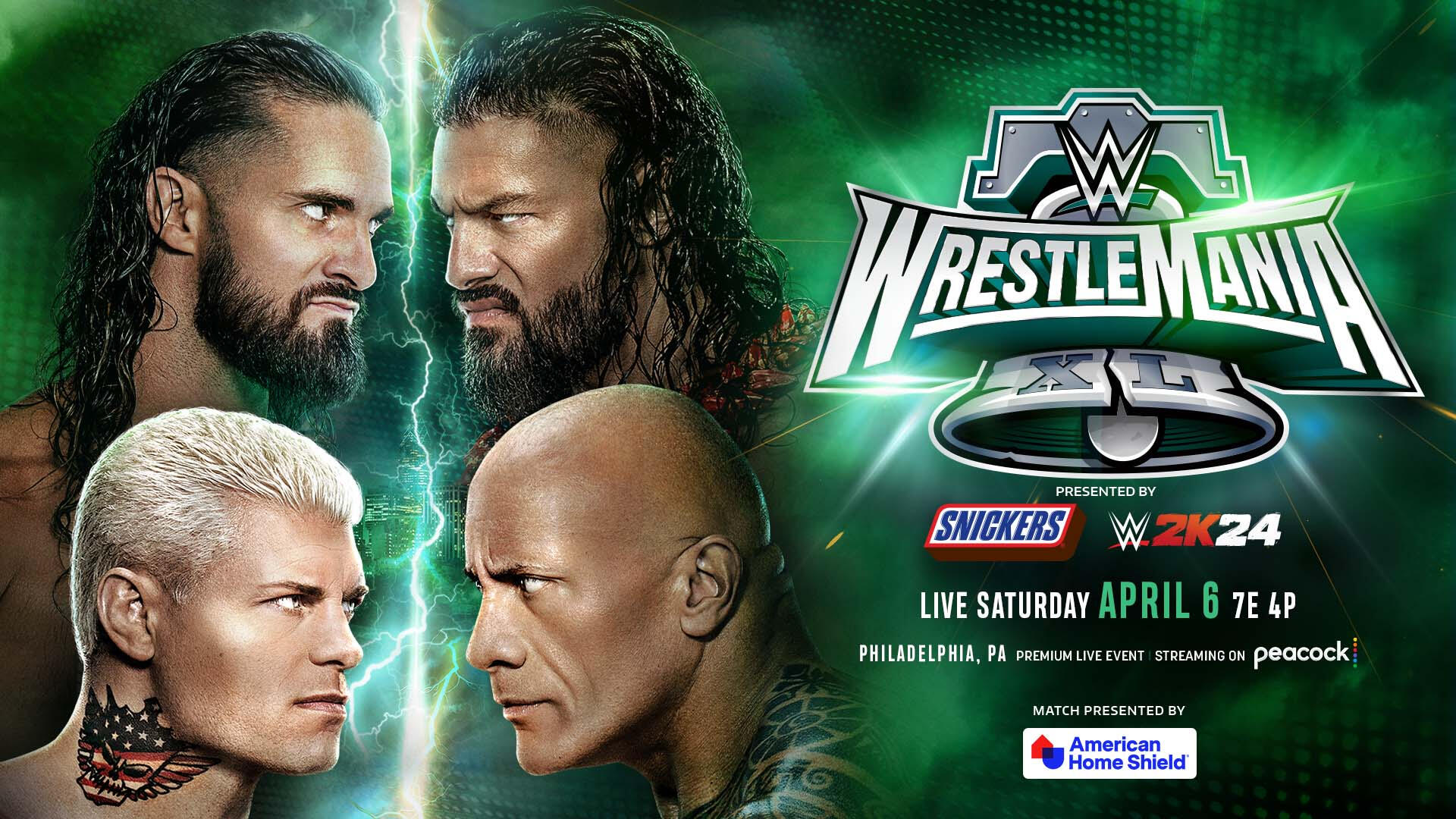It’s pretty clear that 2018 is going to see some disruption in the Direct Sales market. Valiant’s new ownership, IDW’s sales drop in 2017; many store closings and persistent rumors of more shake-ups at various publishers.
But all this comes at a difficult time for all media. Let’s not even talk about the newspaper business; or the shocking consolidation of Hollywood studios.
Former VC darlings are floundering every where you look. The Wall Street Journal has a report on the troubles at Vice Media which I managed to peek at behind their very efficient firewall. Of course Vice is dealing with revelations of disgusting harassment and discrimination behind the scenes, but all that bullying didn’t help the bottom line:
Vice, whose $5.7 billion valuation makes it the most valuable new media company in the U.S., missed its 2017 revenue goal of $805 million by more than $100 million, according to people familiar with the matter.
That setback, largely due to the struggling Viceland cable TV channel, comes as co-president Andrew Creighton, who was placed on leave after sexual-harassment allegations surfaced, is unlikely to return to his post, according to people familiar with the matter. Mr. Creighton led Vice’s advertising business, but could be given other roles within the Brooklyn-based company among other possible outcomes, these people said.
Only a few years ago Vice was the edgy youthful future of media, with deals with HBO and more media giants. But launching a cable channel is problematic these days and now investors are getting restless
Vice has struggled to meet the expectations of its investors, which had bet the company could continue to quickly expand its digital audience and advertising sales while also translating its edgy, youthful brand to television in a financially efficient way. Those investors, which include private-equity firms TPG and TCV,Walt Disney Co. , Hearst and 21st Century Fox , are now pushing for the company to turn a profit this year, which would require cost-cutting, the people said. Mr. Smith controls the company through supervoting shares.
And don’t even think about selling it off:
Selling the company in the current media environment would be tough. The expanding reach of Facebook and Google has made it hard for publishers to make money from online ads. Digital media startup BuzzFeed, valued at $1.7 billion in 2016, also missed its revenue target for 2017, while Mashable, valued at $250 million as recently as 2016, was sold at the end of last year for a paltry $50 million.
Ah that old demon revenue. Where is all that money going anyhoo? Facebook and Google have sucked up all the ad dollars and it’s crumbs for the rest of us. The insane goings on at the White House also suck up endless attention, with every tweet and joke from our reality star president dominating Facebook and Google.
Is nowhere safe? Oddly enough a comparative codger is doing great, as CNN Money reports: the WWE is still a media juggernaut and professional wrestling is as big as ever:
Social media is one measure of WWE’s success.
More than 21 million people subscribe to WWE’s YouTube channel to watch highlights, nearly three times more than any sports league. John Cena is the most-liked active U.S. athlete on Facebook. And WWE says it had a whopping 20 billion views on social and digital platforms in 2017.
All those eyeballs translate into data about fans’ favorite athletes and matches, advertising dollars, ticket and merchandise sales. The WWE also promotes its streaming network on social media and TV.
As the piece points out, the WWE basically “disrupted itself” in 2014 by launching their own streamning service. Everybody laughed then– and it did lead to lower ratings for Raw and Smackdown on USA Network – but now the move seems prescient as everyone is trying to get in on the streaming action. But it’s also very innovative for a company that got its start in piles of hay at fairgrounds:
“It would not surprise us if WWE took the risk of putting their television content on a digital platform. We’ve seen them be forward-thinking,” Ross said.
Pro sports can learn from WWE, analysts agree. McMahon understood early on that social media was a tool to grow the brand. WWE and its stars’ relentless promotion on Twitter, Facebook, Instagram and YouTube engages fans and builds excitement.
“The way you bring your next customer in is through sharing,” Martin said. “It’s how you get the next kid.”
McMahon’s willingness to experiment also offers lessons for leagues and their distributors reluctant to disrupt decades of tradition, according to Ross.
It does seem amazing that the now 72-year-old Vince McMahon has been able to ride the waves of shifting media tides with a product that people just don’t seem to get tired of, consuering new platforms as he goes. But it is also extremely, extremely unique: the WWE bought out WCW and ECW and other attempts to make rival wrestling federations have devolved into lawsuits with Billy Corgan and fights over Matt Hardy’s family videos.
McMahon’s other business have also flubbed. The first XFL was a disaster as was a pro bodybuilding league. That Vince wants to bring back the XFL at a time when regular football is faltering doesn’t mean it’s going to work this time.
Vince McMahon is clearly one of the all time great geniuses of media and the WWE is his one masterpiece. He’s not going to be around forever though, and while his daughter Stephanie and her husband Triple H have been taking on more of the family business – and doing a pretty good job of it – there’s no telling if they’ll be able to keep the magic going.
Somehow, despite everything else changing, the appeal of men – and increasingly, women – in skimpy costumes beating the hell out of each other is solid as a rock .
One other thing about the WWE: wrestling’s ability to survive in a world where every act is scrutinized to death on social media is nothing short of a miracle. Wrestling is a business with a well-documented history of racism (just months ago), pedophilia, sexism, sexual assault, abuse and every other horrible thing you can think of. Hell, one of my favorite wrestlers, Jimmy Snuka, killed his wife and got away with it for 30 years.
Despite today’s well enforced wellness policy and concussion protocol, wrestling also has a history of horrific abuse of the health of its stars, with a string of early deaths, suicides, and lingering injuries.
And yet it’s as hot as ever among younger viewers, including many who criticize comics publishers over every lapse in judgement. Pro wrestling gets a pass where other industries are pilloried. It’s baffling.
I can’t explain it; neither can can’t explain why I have a WWE network subscription and when I’m bored watch old Nitros from 1998. Just when you get all the answers, Vince changes the questions.










From what I understand, WWE had tried for a couple of years to launch the network on cable. I remember the original announcement as if it was going to be just another cable channel years before it launched online.
I recall reading somewhere that the major cable carriers (without at least one, there would be no point in launching on cable) wanted too much out of WWE in exchange for carriage (the usual M.O. leading to one of the cable companies owning controlling ownership of the channel.
One thing the McMahon family guards tightly is controlling ownership of the enterprise, even when they went public, they held onto the majority of the stock.
That forced their hand to go it on their own. The preparations for a cable channel meant they had original programming already in the pipeline. Plus, they were able to leverage a massive library of past events for their on-demand programs. They took the risks and reaped the rewards. With the WWE Network being a new way to watch events that had been exclusively pay-per-view, the cable companies lost out on a lot of that revenue too, which Vince probably enjoyed as a parting shot to the cable industry.
But news programming is not the same as entertainment. It is much more of a commodity and harder to get people to pay voluntarily. Vice isn’t well known enough to have people demand that their cable system carry it. Until a big media conglomerate owns it, it can’t otherwise force its way into systems.
But Vice has emulated WWE and many other content creators in another way. By providing content under their brand to a cable channel. WWE gets serious fans to sign up for the Network but still does business with the USA Network for its signature weekly shows. Maybe Vice can build an audience willing to pay for something more than just what they serve up on HBO, but that’s a big mountain to climb.
The online network may be the wave of the future but let no one be confused, the cable deal with USA is still and looks to remain for a long time the biggest thing for WWE. They’ve destroyed their PPV business model and if there’s every corporate leadership at USA that decides wrestling is no longer for them (as it’s never really impacted the rest of their lineup much), Vince could wind up being the most successful wrestling promoter to ever go out of business.
Mike
“Hell, one of my favorite wrestlers, Jimmy Snuka, killed his wife and got away with it for 30 years.”
As far as I know, it has never been proven Jimmy Snuka committed murder. He was arrested and charged with third-degree murder and involuntary manslaughter of his GIRLFRIEND. He plead not guilty and later all charges were dismissed since he was found mentally incompetent to stand trial. So, you might want to include “allegedly” before saying he killed someone (and no longer alive to defend himself).
While I fully admin that the WWE Network is a brilliant idea, I can’t fathom that it was a Vince idea.
They win due to not having a high budget competitor and having a monopoly in the US. Most of their wrestlers are great workers but they sure are not winning anyone due to the writing.
I too have worries about wrestling and how awful it can be behind the scenes, everytime you think it is improving a rape allegation comes up.
Every time Andy? Enzo is the first rape allegation I can recall. I’m sure there sadly have been others but nothing beside sexual harassment has ever been brought to the public eye.
Why wrestling gets more leeway than other forms of medium? I suspect that part of it is that despite being “fake fight” it is still a fight and many things can go wrong and you never know 100% how the fans will react (for those who don’t watch – fan reaction is important part of the show) and when something really stupid and bad happens it is bad, but you can kinda rationalize it away by saying that well it looks bad, but they probably didn’t intend it to go that way when they were setting it up.
Meanwhile if you take someone like comic book writer, you are writing script calmly at your home and your script likely gets reviewed by editor (and probably you read it yourself few times before sending it) and if something stupid gets past that then well its all on you. Same really for TV shows, whole thing goes thru big machine before we see it and if some racist thing gets past all that? Well thats bad man.
Another reason is probably that wrestlers are often, literally, killing themselves to entertain us. I mean, you might be a shit person, but if you are killing yourself to entertain me then who am I really to judge you?
Comments are closed.